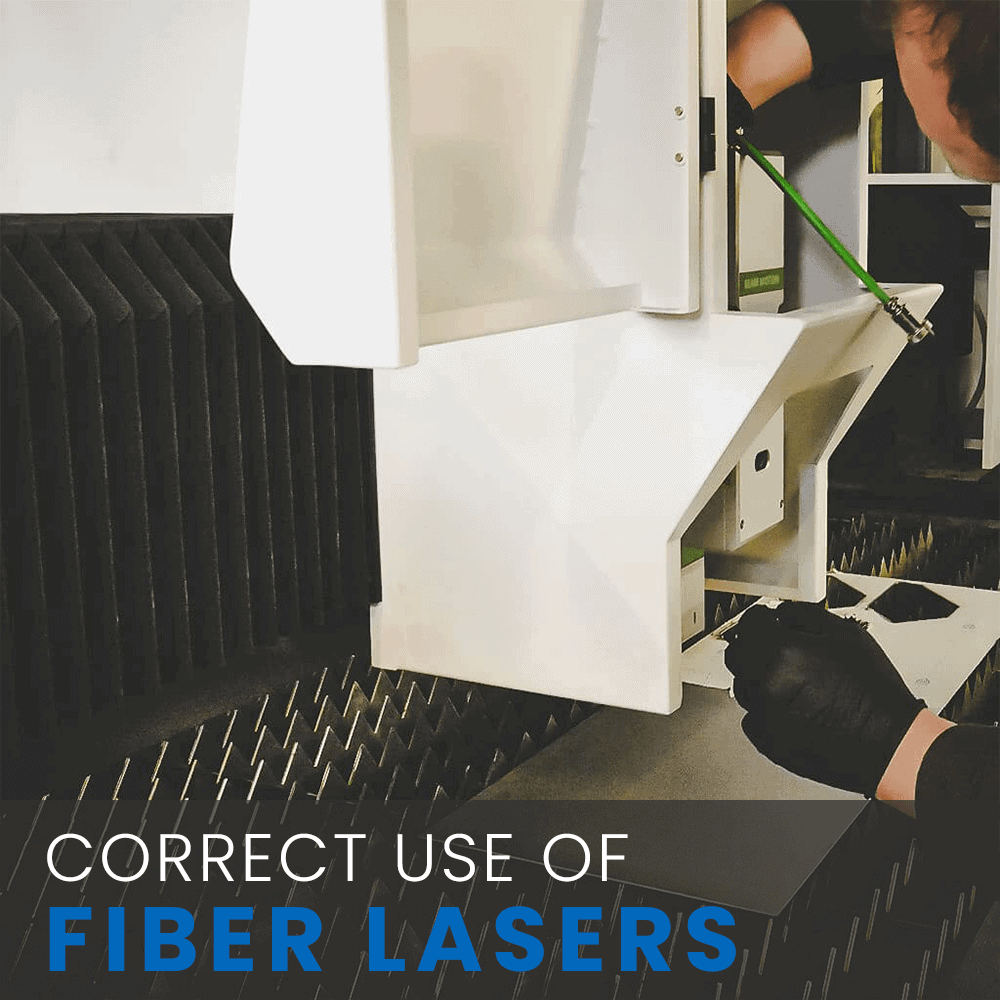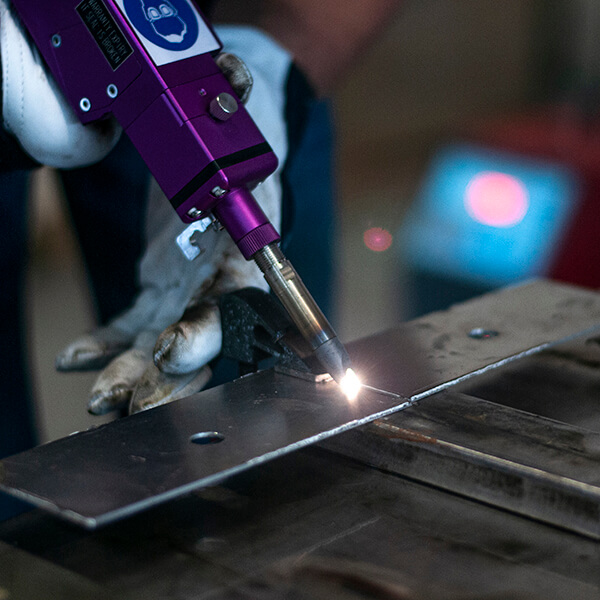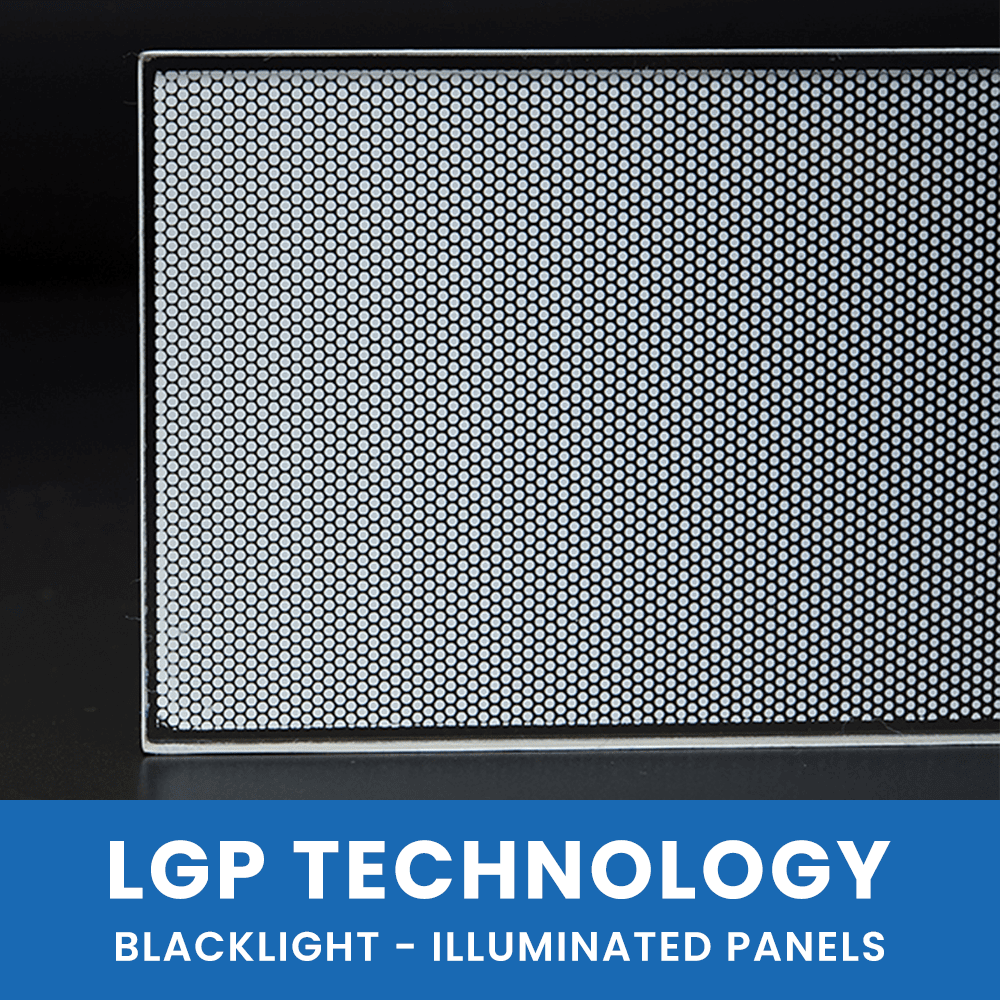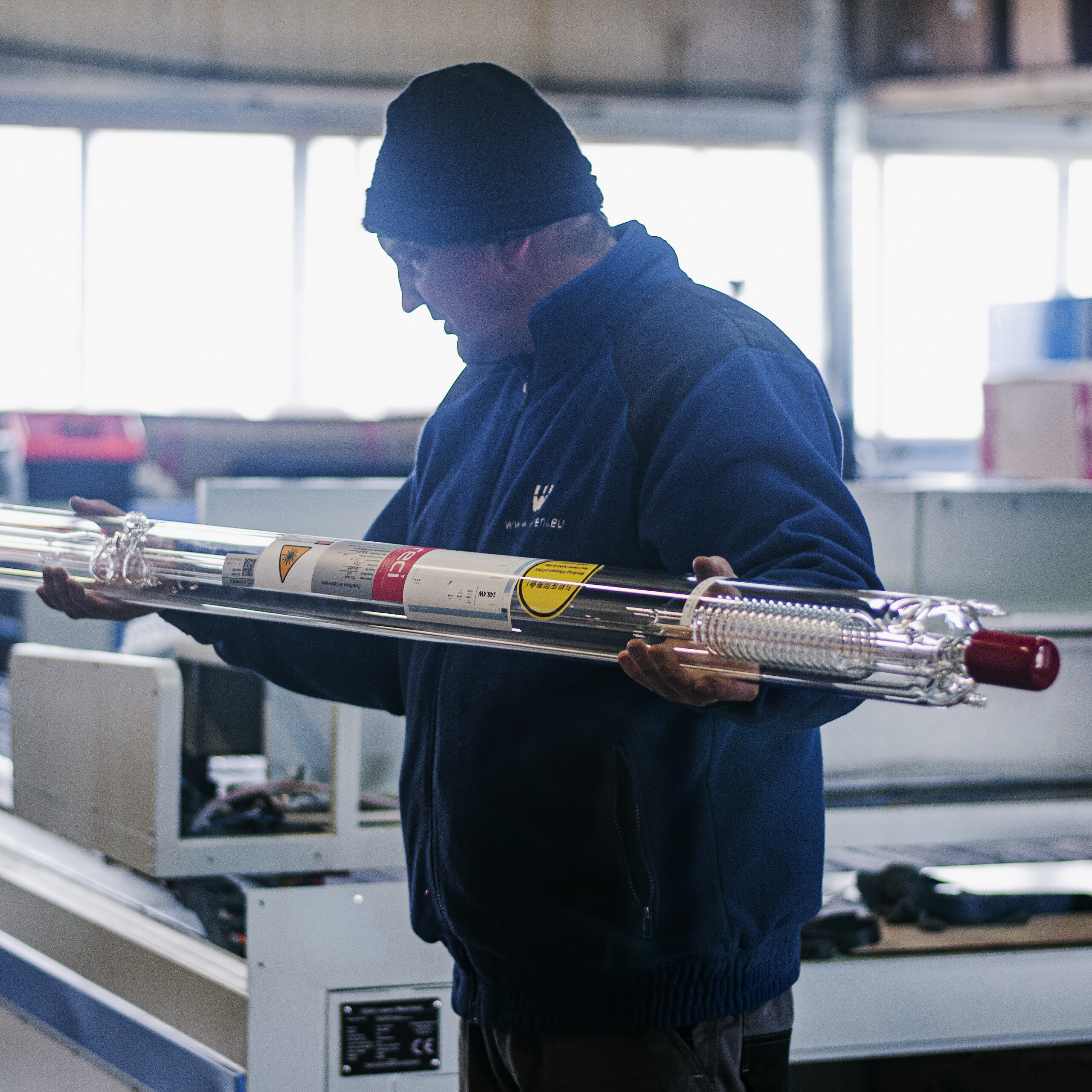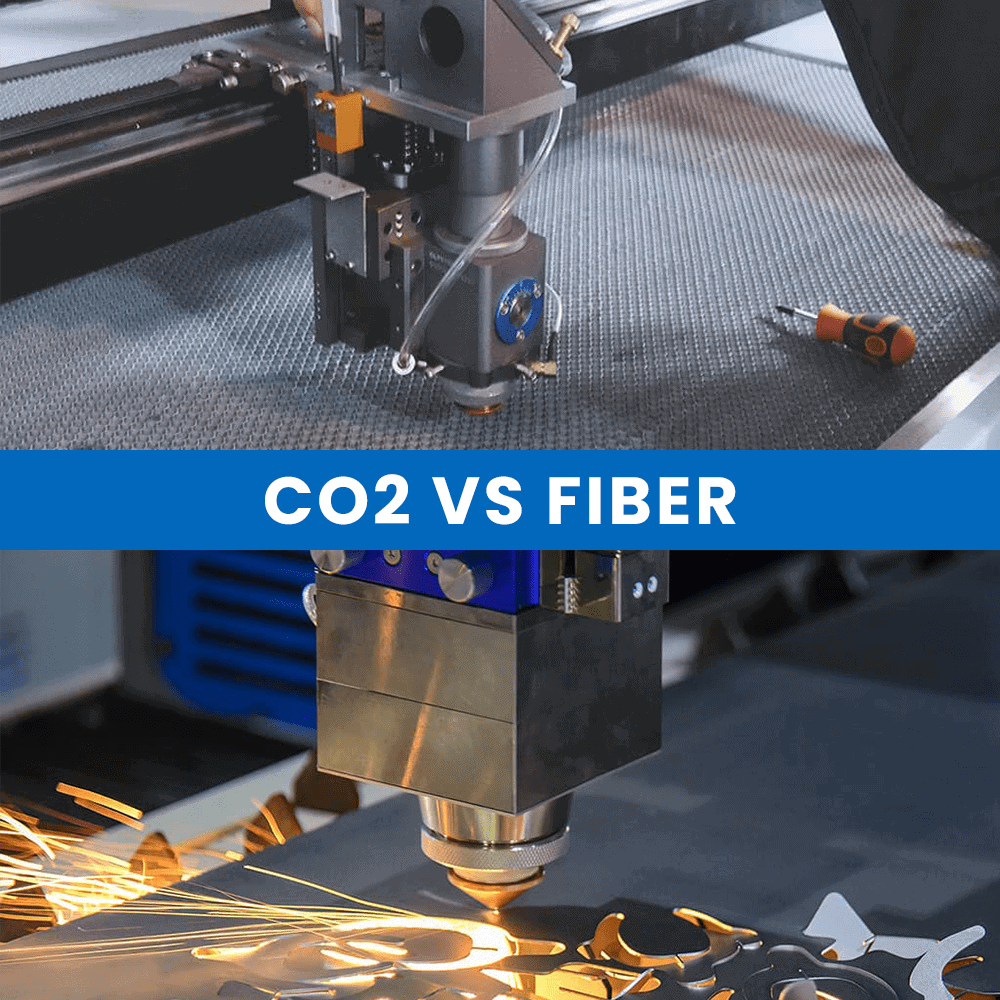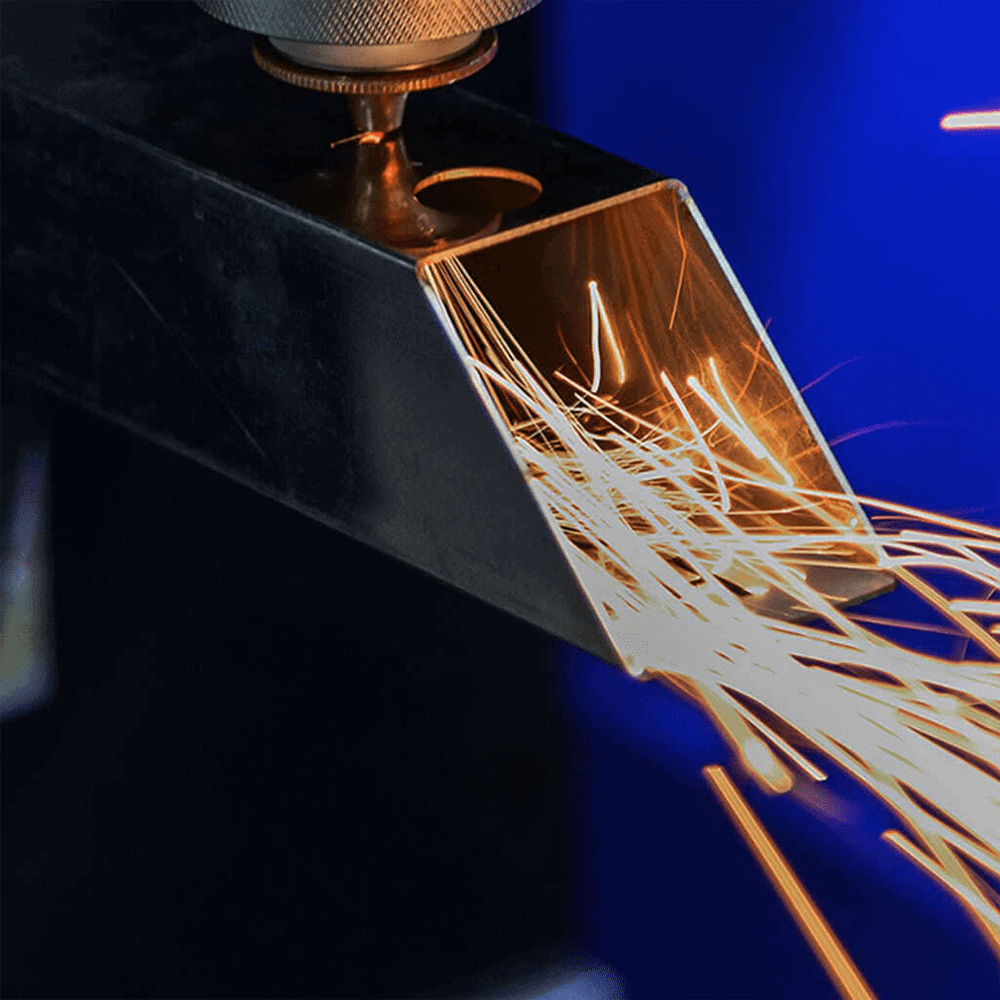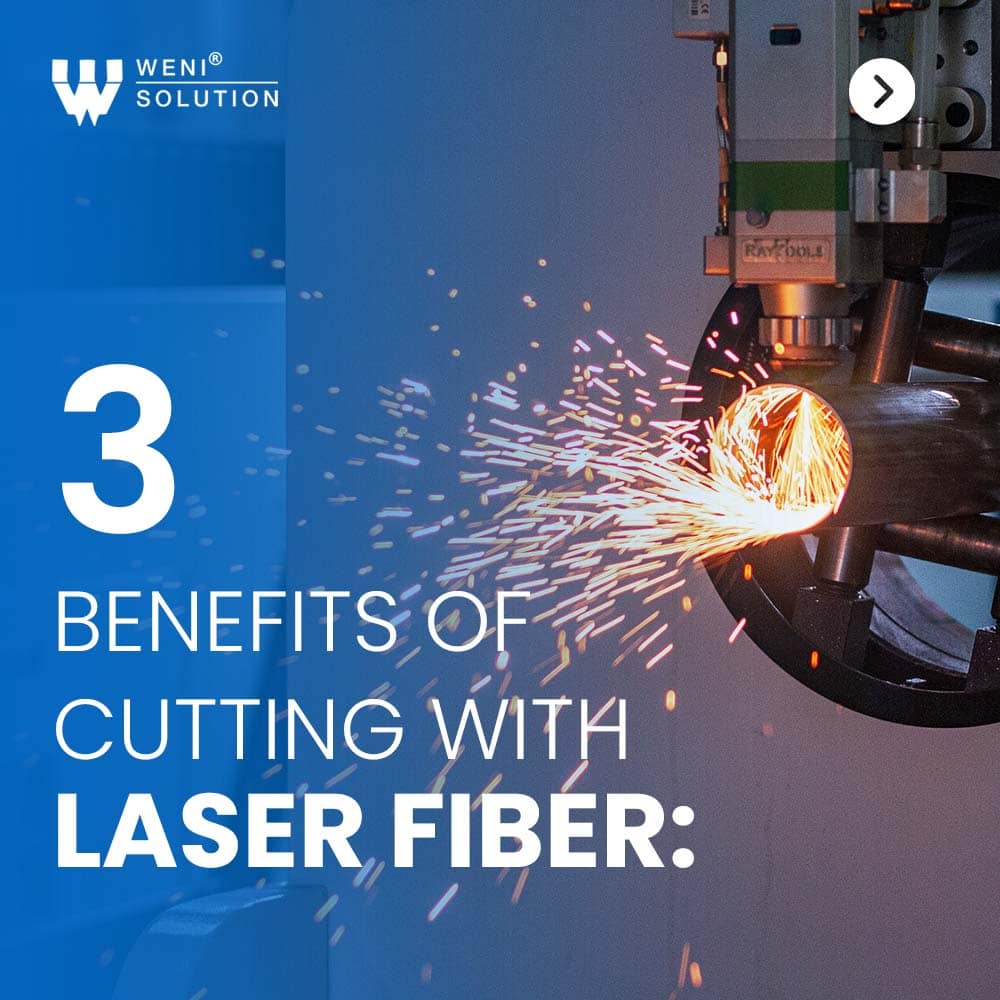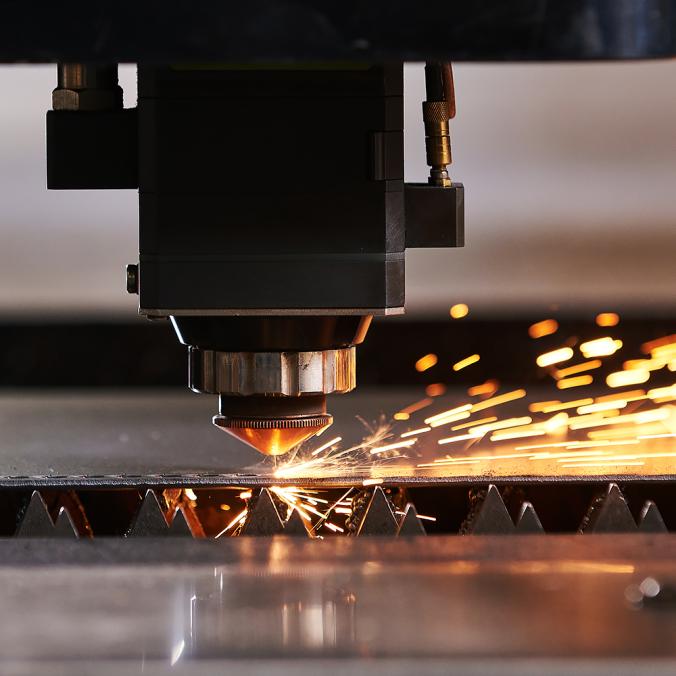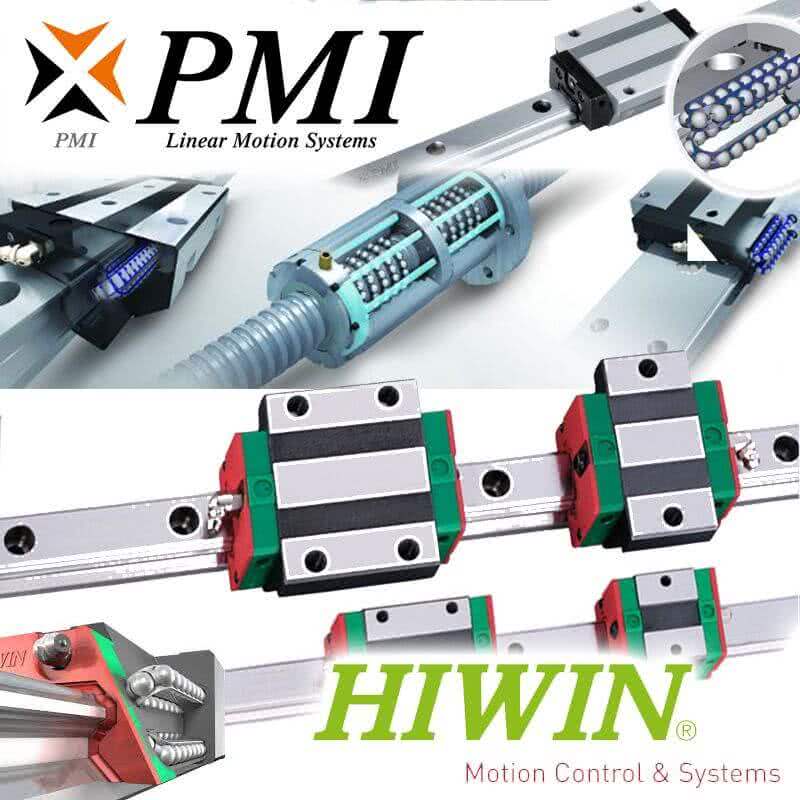CO2 lasers differ from fiber lasers in the wavelength of light, which significantly increases the range of materials that can be processed with it.
The most popular materials are: wood, plastics such as PMMA (plexiglass), fabrics, rubber, stone, glass as well as steel and coated non-ferrous metals.
- Once the most popular co2 lasers used the power in the kilowatt range and were mainly used for cutting out thick sheet metal.
With time, small office lasers with a power of 40-80W were produced, mainly used as engraving machines. - Now the most popular models have a power of 100-150W, and in addition to the possibility of engraving like models with lower power, they can cut quite thick materials 15-20mm (50mm) and steel up to a thickness of 2mm.
Cutting thick materials results in a loss of accuracy due to the need to use lenses with a longer focal length. For example, for a material with a thickness of up to 3mm, you can use a lens with a focal length of 1.5 "and we will get an accuracy of 0.08mm, while for a material with a thickness of 15mm we will use a lens with a focal length of 4" and the accuracy will drop to 0.35mm.
The materials that can be processed with a CO2 laser are divided into two categories:
- Materials that we can cut:
- all kinds of plastic! however, it should be remembered that many of these materials generate poisonous vapors and gases (such as the popular polycarbonates, PVC). The harmfulness of a given material can very much depend on its color - the ingredients of the dye used in its production!
- wood and its derivatives (the quality of the cut, the maximum thickness very much depends on the type of wood, its dryness, or the glue used)
- gum
- fabrics
- skin
- foils
- steel
- non-ferrous metals only in the form of a thin foil.
2. Materials that can be engraved:
- all types of plastics (subject to harmfulness as when cutting)
- wood and its derivatives (you can get the effect of a relief with a variable depth of engraving)
- glass
- stone
- skin
- gum
- steel
- only coated non-ferrous metals (e.g. anodized aluminum).


